Critical Reflection on Teaching Strategies and Lesson Planning
VerifiedAdded on 2023/06/10
|8
|1859
|344
Report
AI Summary
This report presents a critical reflection on teaching strategies employed during a primary school placement. The student identifies Professional Practice Standard four, focusing on creating and maintaining supportive and safe learning environments, to enhance student participation. The report details a five-lesson plan sequence, incorporating strategies like interactive activities, emotive language exercises, and digital education tools to improve teaching quality. The student reflects on the effectiveness of these strategies, including the use of YouTube videos, worksheets, and interactive whiteboards, and how they addressed AITSL standards. The report also discusses the importance of a safe classroom environment, effective communication, and positive teacher-student relationships. The student incorporates personal development lessons and enquiry-based approaches to foster student engagement and build a supportive learning community. The report references various educational resources and provides a comprehensive analysis of teaching practices, lesson planning, and student engagement, aiming to enhance teaching skills and improve student outcomes. The student explores the process of talking stick approach that enabled the students to talk while the other students would listen to the speaker. Each student was then provided with a blank template in the shape of a heart in order to resemble his or her emotions towards their friends and the way to treat others in order to establish positive relationships. Creating a sense of bonding among the children is important to ensure that each student support one another at time of crisis or during team assignment. The student tried to create this lesson in order to develop an authentic relationship with the students and manage the negative behaviours between the students in the class. The engagement of the personal development lesson provides students with an opportunity to reflect on their own thoughts.
1 out of 8
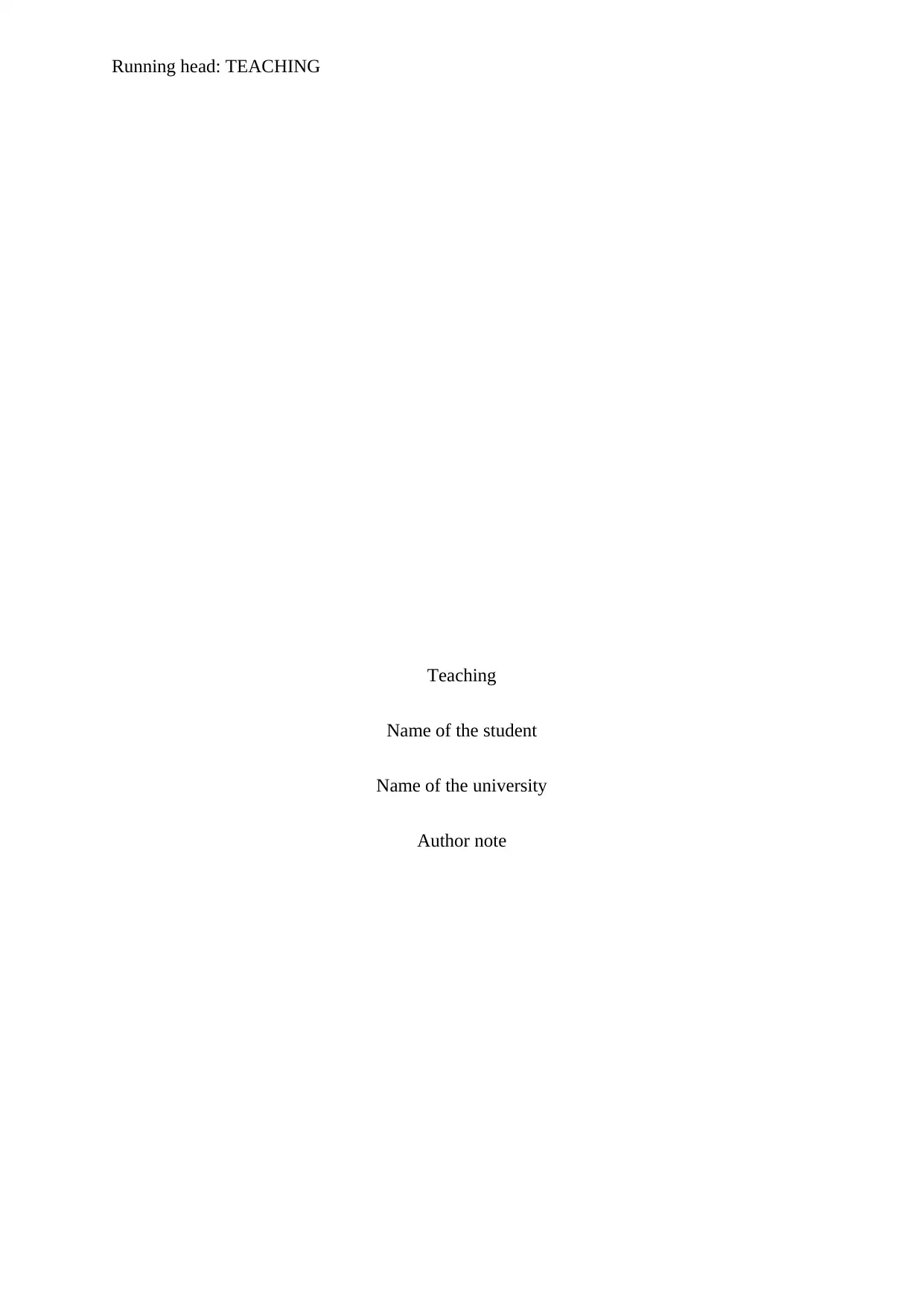
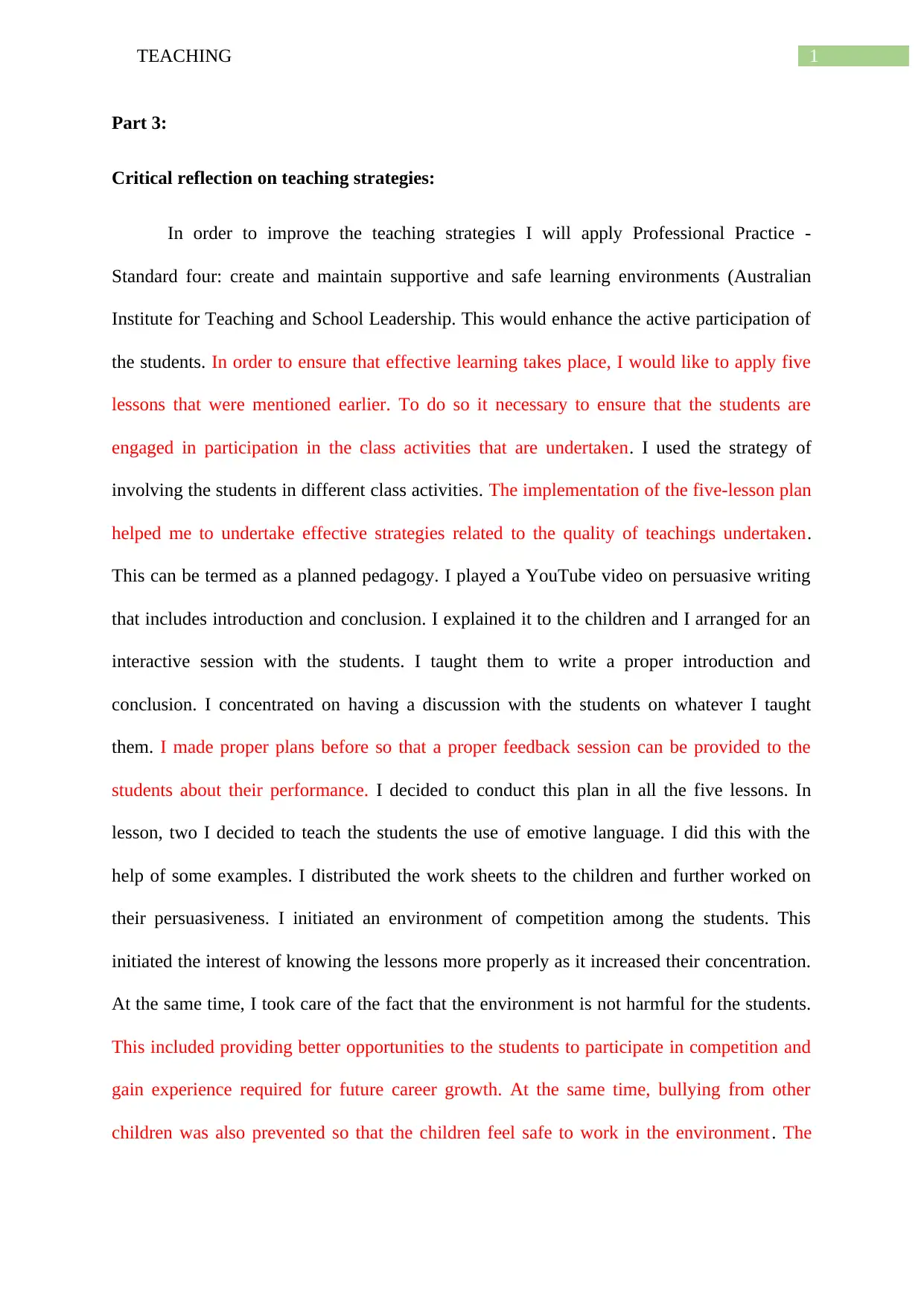
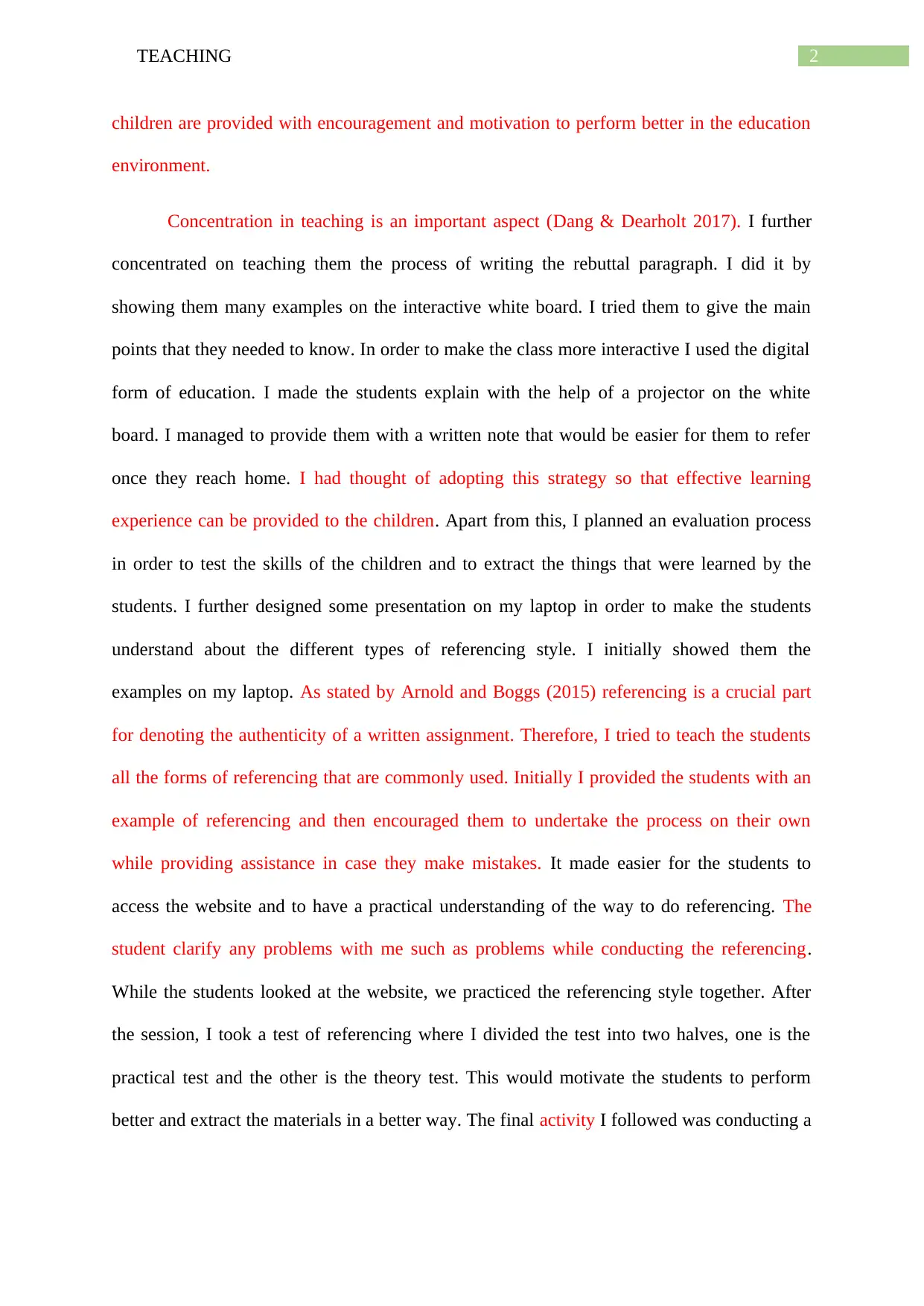

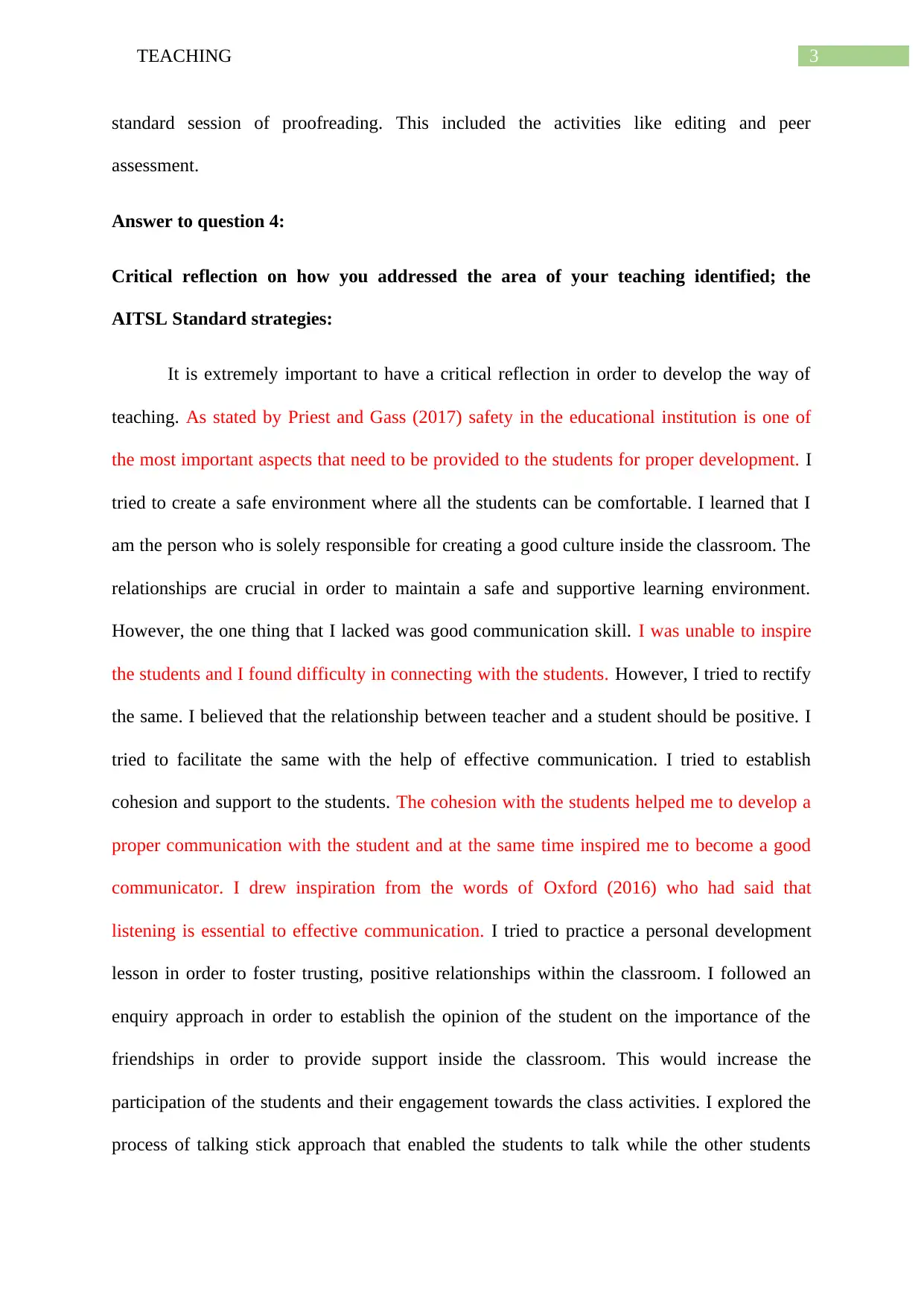
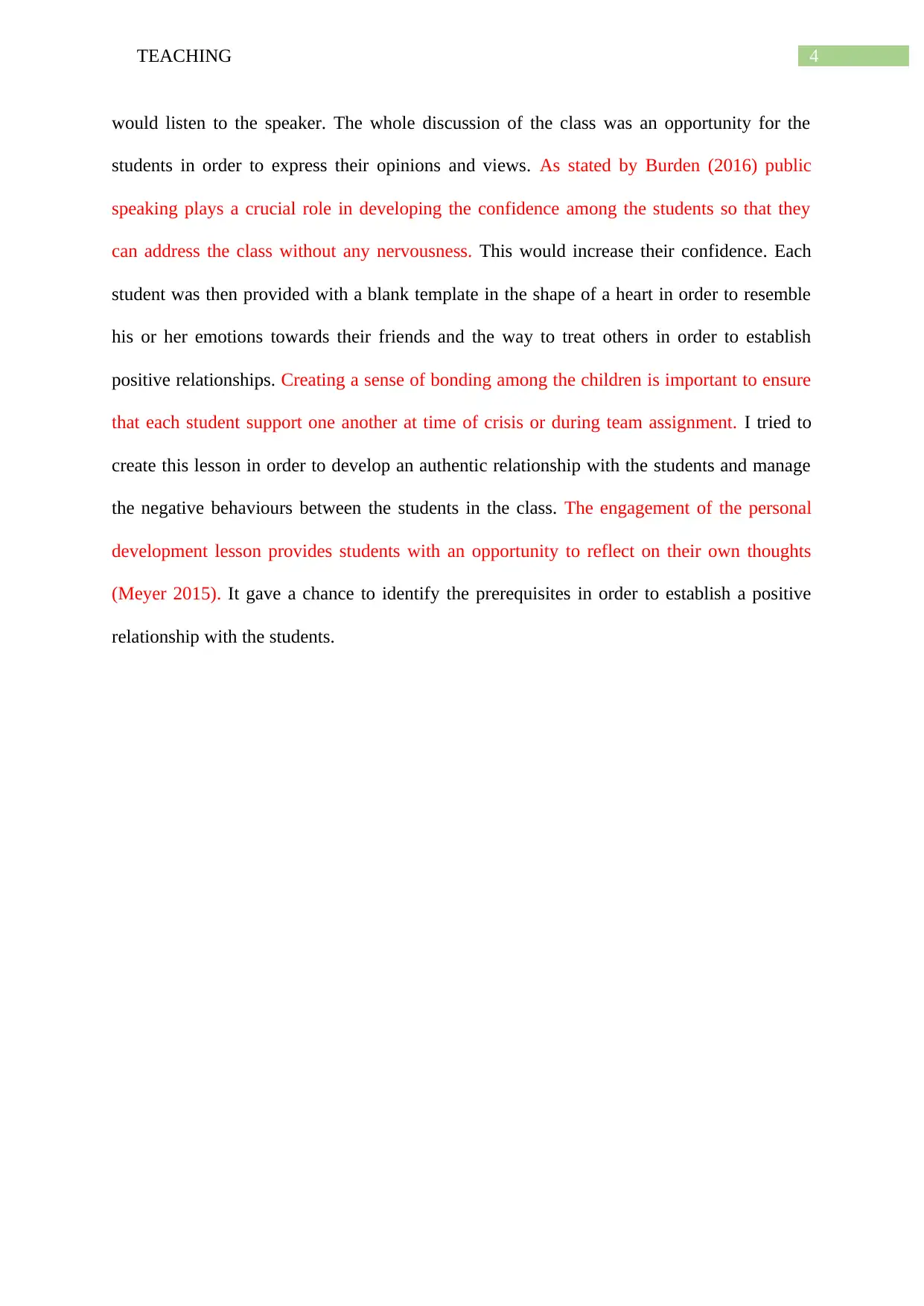
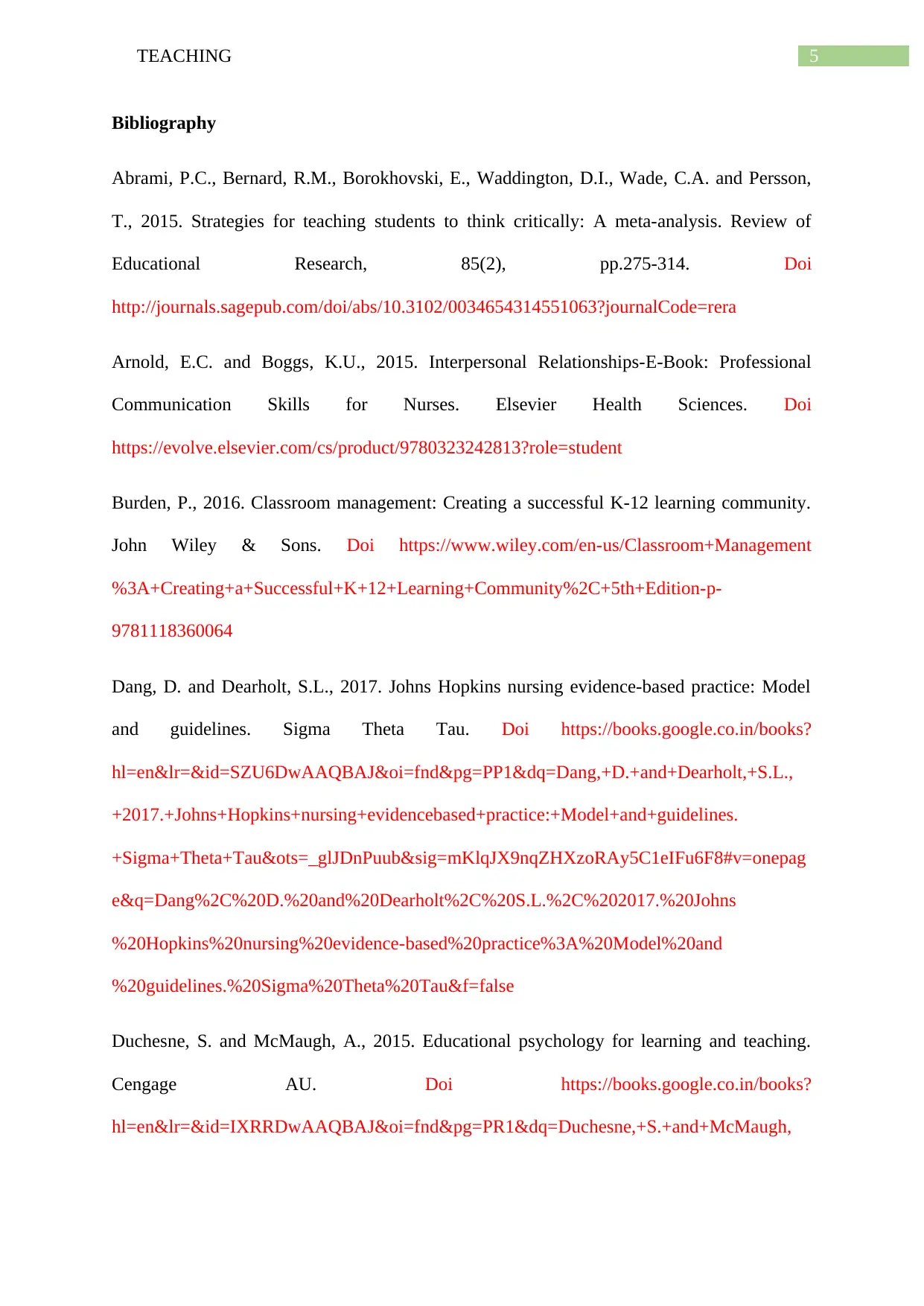
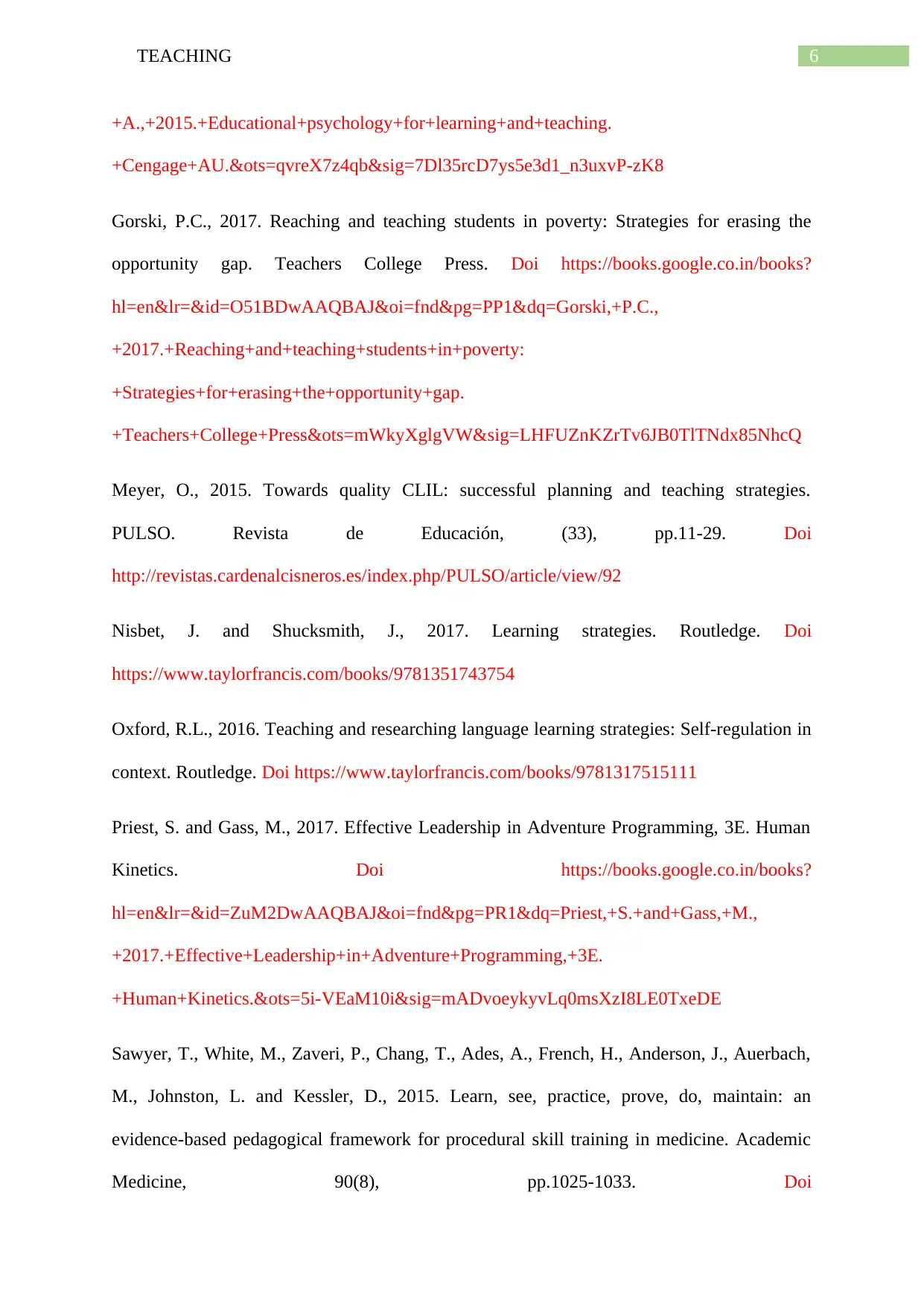







![[object Object]](/_next/static/media/star-bottom.7253800d.svg)